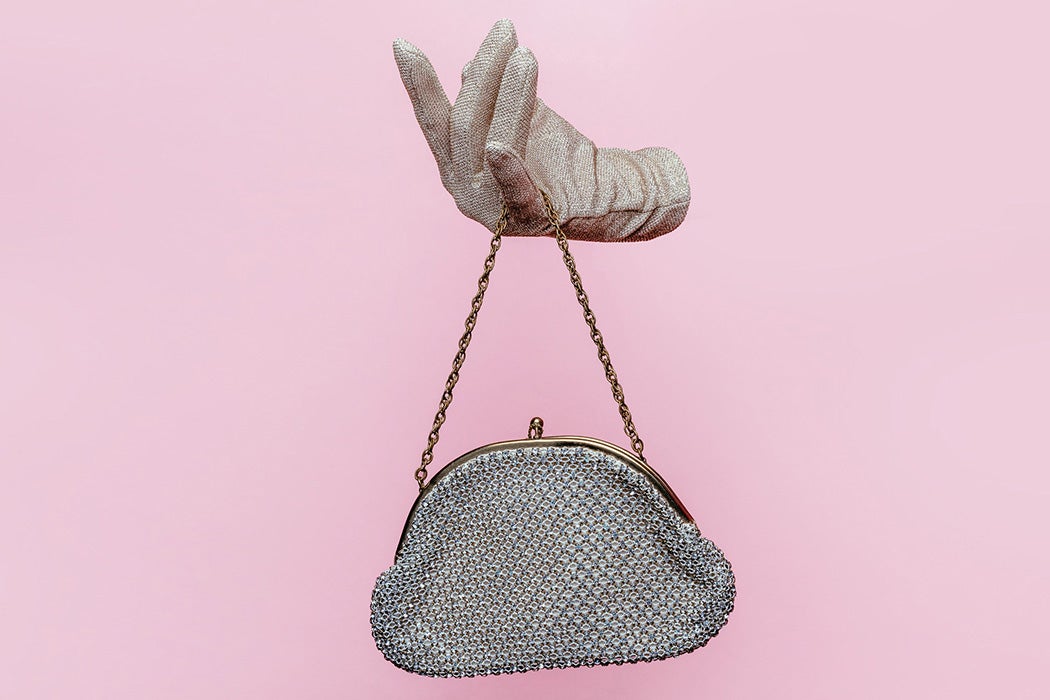In 1897, a seventeen-year-old girl entered a London furrier’s shop dressed in diamonds and fashionable clothes. She was accompanied by a twenty-two-year-old woman who announced herself as Madame Schnider, a court dressmaker employed by the girl. They placed an order and left—taking two sealskin capes with them. In reality, the pair were members of a shoplifting gang. When police searched their lodgings, they found silk petticoats, jewelry, satin, and more, all taken from other shops.
Historian William M. Meier describes the young women’s misadventure as part of an underground shoplifting culture that lasted from the late nineteenth century through the postwar period. In contrast to common stereotypes about middle- or upper-class kleptomaniacs, Meier writes, many of the shoplifters of the time had backgrounds in low-wage domestic service or the clothing industry.
Dressmakers and others whose work involved clothes were particularly well positioned to succeed at shoplifting. For example, in the 1920s, a teenager named Isabella Brown was repeatedly caught stealing while working intermittently in domestic service and the garment industry. In her early twenties, she opened a women’s dress agency. Soon she was arrested again because, according to Scotland Yard, her shop was the center of a stolen-goods network.
“Though casual and poorly paid work might have provided an incentive to turn to crime, it is also clear that Brown capitalized on her position as a milliner and dressmaker in order to facilitate her criminal enterprise of illicit exchange in clothing,” Meier writes.
Some working-class women shoplifted occasionally. Others became professional thieves, or “hoisters.” Hoisters often worked in teams, used aliases, and wore specially made clothes with secret pockets and hooks designed to conceal stolen merchandise. Some joined gangs like the notorious Forty Thieves, which was active in the interwar years.
“Dressed to kill, those girls would descend on a West End store like a swarm of locusts,” one detective recalled. “They would roll up in taxis and chauffeur-driven limousines and practically clean the place out inside an hour.”
For some women, part of the appeal of the hoister life was experiencing a lifestyle that few in their class could hope for. One working-class woman named Shirley Pitts described apprenticing with the Forty Thieves in the years after World War I.
“I saw a different way of life,” she said. “I had visited the West End before, of course, but I had never been to Harrod’s or the posh hotels they took me to.”
Weekly Newsletter
Shoplifting at the professional level could bring a sense of pride, along with the relief of avoiding grueling work sewing clothes or cleaning other people’s homes.
As one retired hoister explained about her career choice, “I suppose it’s because there’s not a lot of room in the crooked game for a woman who doesn’t want to go regularly to work, like the mugs who punch a clock every morning. She either hustles for a living and keeps some layabout as a ponce, or she becomes a hoister. It’s not a bad life if you must be crooked.”







